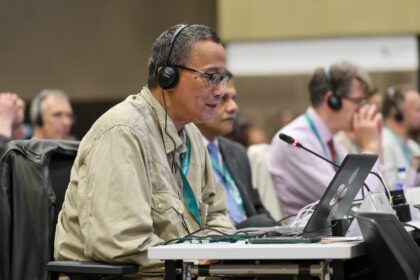Over the past decade, the region has added 450 high-tech companies and 35,000 tech industry workers, according to business association Silicon Saxony.
Markus Lötzsch, CEO of Saxony Economic Development Corp., described Dresden as city reborn–“a cradle of old industrialization forces†that in its new incarnation has attracted an international field of tech players.
Only 10 years ago, however, reinventing Dresden as a global electronics center seemed as daunting a task as restoring the city’s landmark Frauenkirche (Church of Our Lady), which had been blasted by Allied bombs in 1945.
The escalating costs of that restoration project, which required salvaging and numbering the surviving bricks before the pains- taking reassembly could begin, taxed Dresden’s leaders to the limits of their resources.
Yet just as the city was steadfast in its desire to restore the church to its prewar glory, Dresden was determined, in the wake of Germany’s reunification, to regain the technological primacy it enjoyed during the Cold War.
When US computer processor maker AMD was building a factory in the eastern German city Dresden in the late 1990s, it sent around 200 local engineers for training to its site in Texas, TheLocal.de reported. But today the city is an engineering hub in itself.
“Not even two days in, they could almost explain the innards of a chip better than the engineers there,†recalls Karin Raths, a 20-year veteran at the plant — now owned by US-based chipmaker Globalfoundries.
“They were in unbelievably good shape thanks to those years in the German Democratic Republic (GDR), the scarcity economy, the famous reverse engineering†of Western technology under the pre-1989 regime, she adds.
Infineon, also based in Dresden, plans to expand its production capacities over the next five years, investing €1.1 billion.
Investment at the state and federal levels has also been critical to Dresden’s revival.
Dresden’s Frauenkirche, a symbol of the suffering of German civilians after its destruction in World War II bombing and now of reconciliation, was consecrated after a painstaking restoration. Credit: TripSavvy.
Industry players say Infineon reportedly considered pulling out of the city when the downturn hit the company hard, but changed its mind when it realized the incentive package it received from the state was too good to abandon.
Meanwhile slightly north of Dresden, Bosch plans to open a new semiconductor factory in June.
The company has invested around €1 billion in the site, its largest single investment in its 130-year history.
Much of AMD’s recent success against Intel Corp. in server microprocessors is owed to the “superior products†manufactured in Dresden and “superior time-to-market†enabled by AMD Saxony, said Hans-Raimund Deppe, corporate vice president and general manager at AMD Saxony.
“We’ve never missed a milestone in our ramp-up efforts,†he said.
Collaboration among competing chip vendors has also been critical to the success of the region.
In 2002, AMD, Infineon and DuPont jointly established an Advanced Mask Technology Center (AMTC). Japan’s Toppan took DuPont’s place in the partnership after acquiring the US company in 2004.
AMTC is both the R&D and pilot-production site for optical photomasks for advanced lithographic generations, including both dry and immersion 193-nm processes and extreme UV.
Pointing in the direction of AMTC – located just beyond the green fields that surround AMD Dresden’s fabs – one worker remarked, “We have the best mask house in the world available to us next door, just a three-minute bicycle ride away.â€
Sources: TheStar.com, EETimes, TheLocal.de














